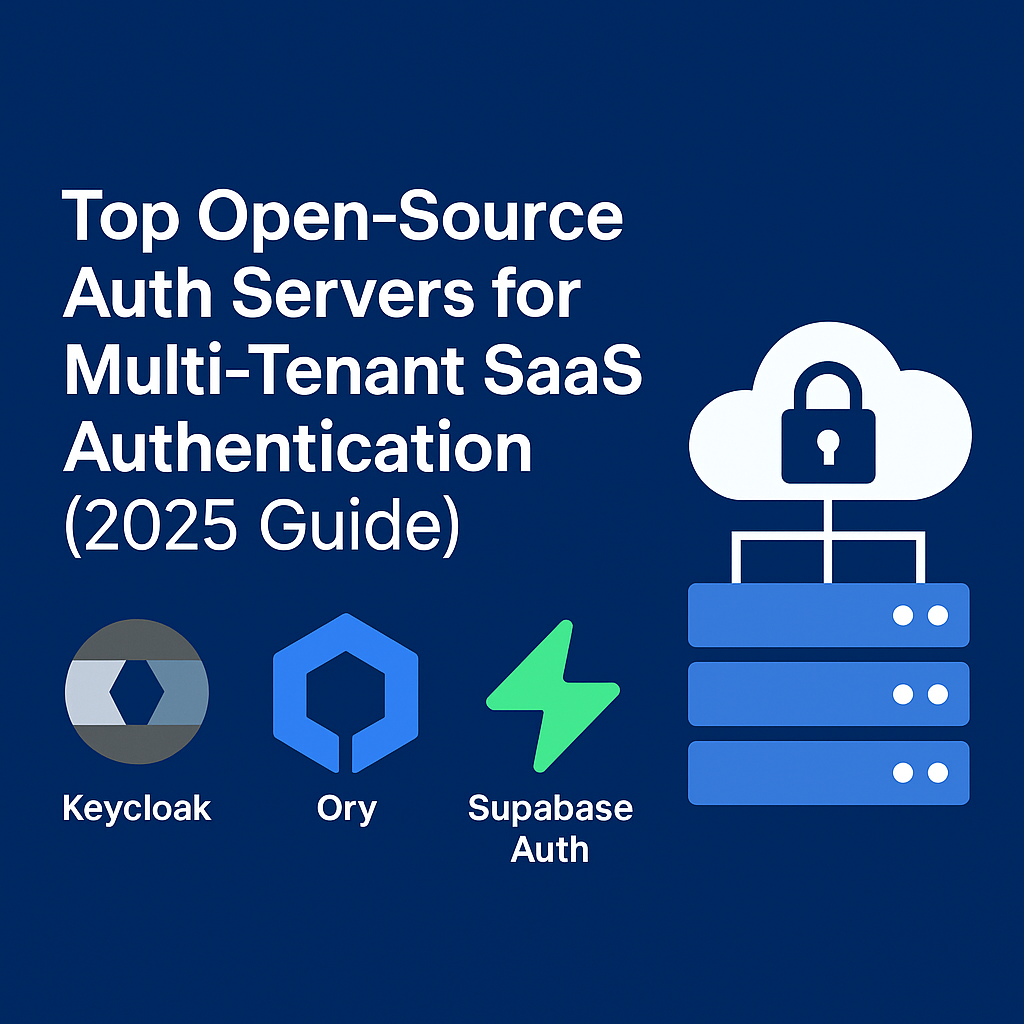Address
USA | India
Email
info@nexaitech.com

Multi-tenant SaaS authentication isn’t just about login—it’s about isolation, scalability, and control. This guide compares Keycloak, Ory, and Supabase Auth with real-world tradeoffs so you can choose the right stack for secure, scalable SaaS delivery.
When building SaaS for regulated or B2B clients, authentication stops being a UI feature — it becomes a platform layer.
Multi-tenant SaaS authentication must isolate identity, enforce roles, prevent data leaks, and meet audit standards.
Open-source auth servers like Keycloak, Ory Kratos, and Supabase Auth offer:
But they don’t offer:
🔍 Tip: “Keycloak multi-tenant” setups should isolate admin access, sign JWTs with tenant scope, and log realm actions for audit.
🔍 Tip: Use Kratos for login and Keto + OPA for fine-grained, per-tenant access logic.
🔍 Tip: Use tenant_id claim in JWT, enforce it in RLS across every resource query.

RBAC in planning docs: clean hierarchy. RBAC in prod: chaos mapped by sticky notes and guesswork.
| Layer | Design Consideration |
|---|---|
| Token Claims | tenant_id, role, exp enforced via signing + verification |
| Access Control | Use OPA/Keto to scope per-tenant logic |
| Logging | Centralize login/signup/fail events via Kafka/S3 or Supabase logs |
| Admin Isolation | Lock admin endpoints via firewall or scoped admin tokens |
| Compliance Readiness | Timestamped logs + scoped alerts + role test coverage |
While OSS options provide flexibility, many SaaS teams also evaluate cloud-native identity platforms like Cognito, Azure AD B2C, and GCP Identity Platform-especially when they want tight integration with their cloud stack.
The tradeoff? Cloud-native tools often fall short on tenant isolation, custom RBAC, or audit visibility-unless you deeply configure them.
| Use Case | Recommended Auth Stack |
|---|
| Fast go-to-market (SaaS MVP) | Supabase Auth + RLS – simple JWT auth with tenant-level row security |
| Firebase-style DX, fast prototype | GCP Identity Platform – great dev UX, limited access control flexibility |
| AWS-first infra teams | AWS Cognito – tight IAM integration, but complex setup for tenant separation |
| Enterprise with Microsoft stack | Azure AD B2C – good SSO and user federation, but heavy for agile teams |
| Multi-tenant SaaS with SSO needs | Keycloak – realm-per-tenant model with role mappers + UI |
| Full API control & OSS flexibility | Ory Kratos + Keto + OPA – auth as code, scalable RBAC, flexible APIs |
The OSS auth tools are capable — but multi-tenant SaaS authentication depends on:
Teams fail when they skip design, not when they choose the wrong tool. That’s why you want to look at secure login architecture, when it comes to scale.
We review SaaS authentication architecture for: